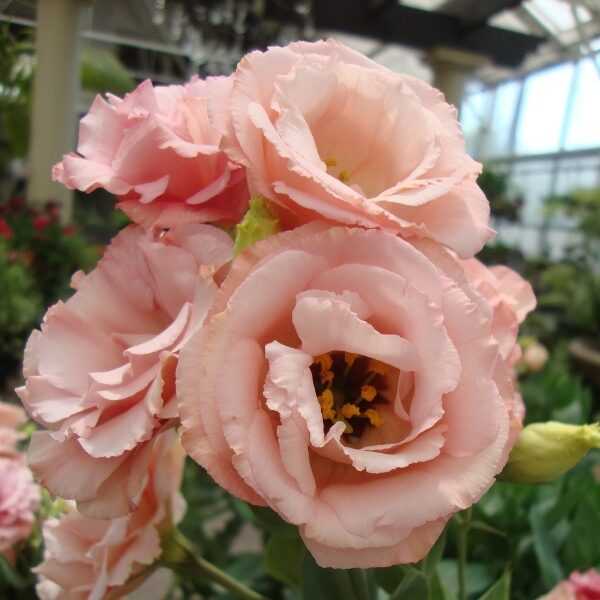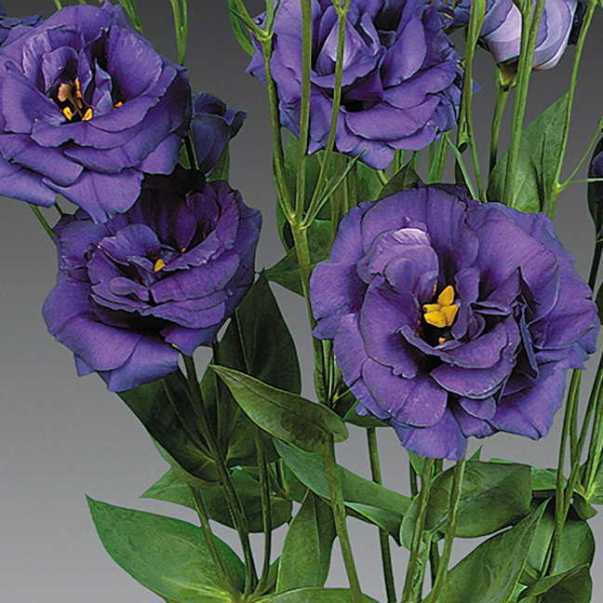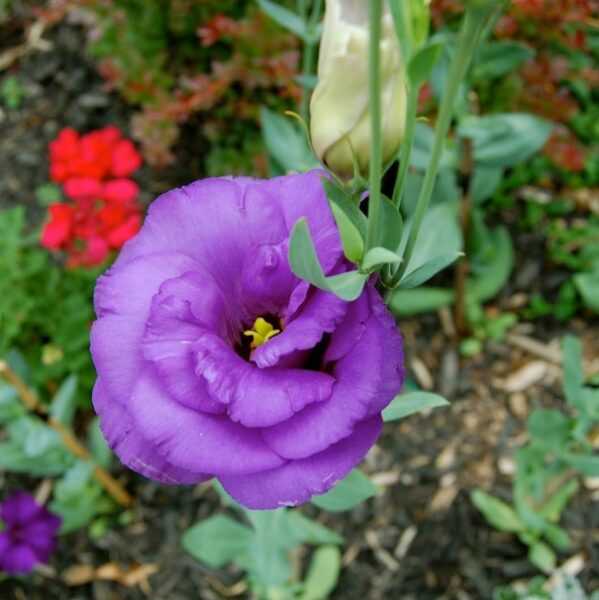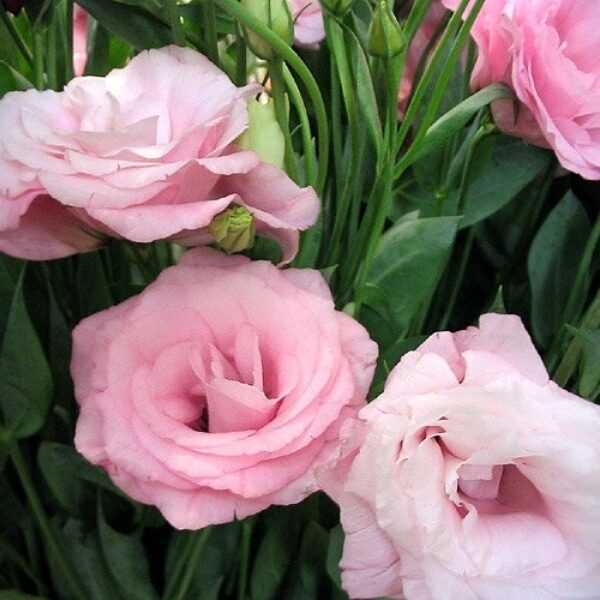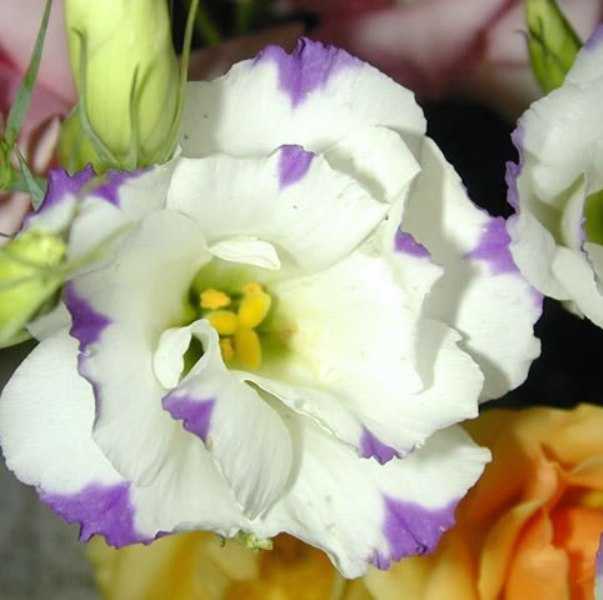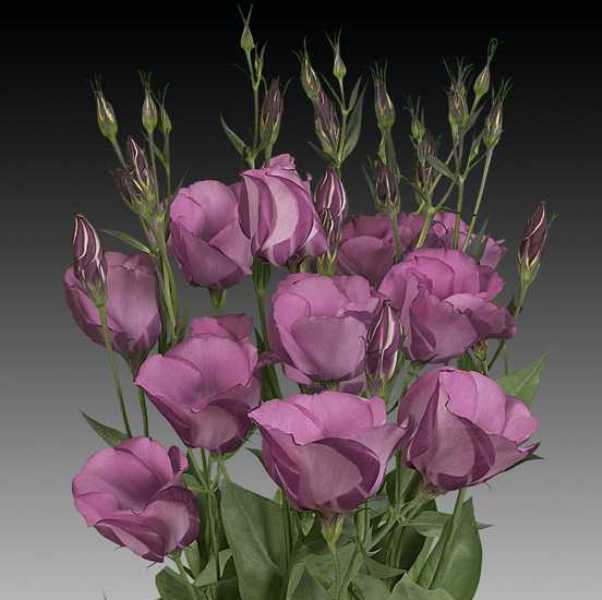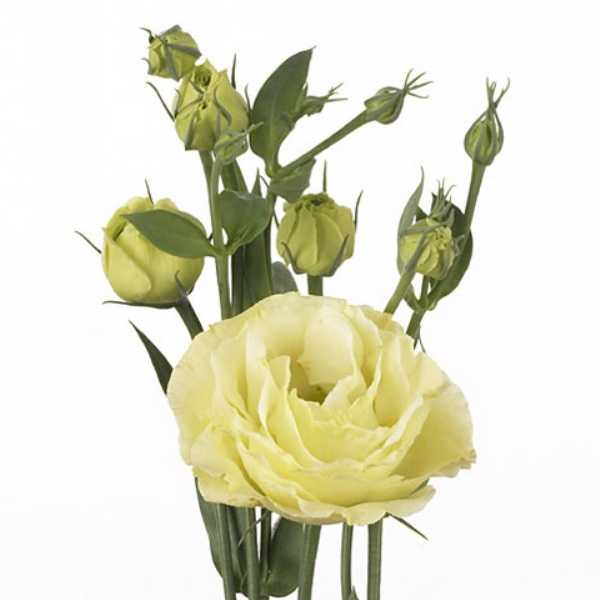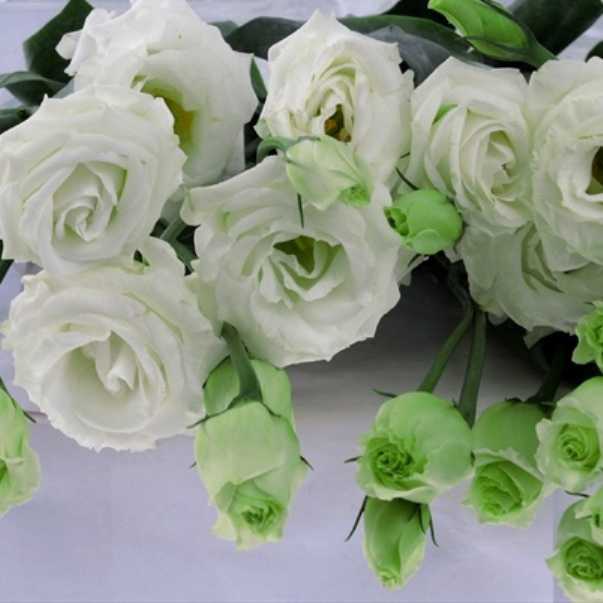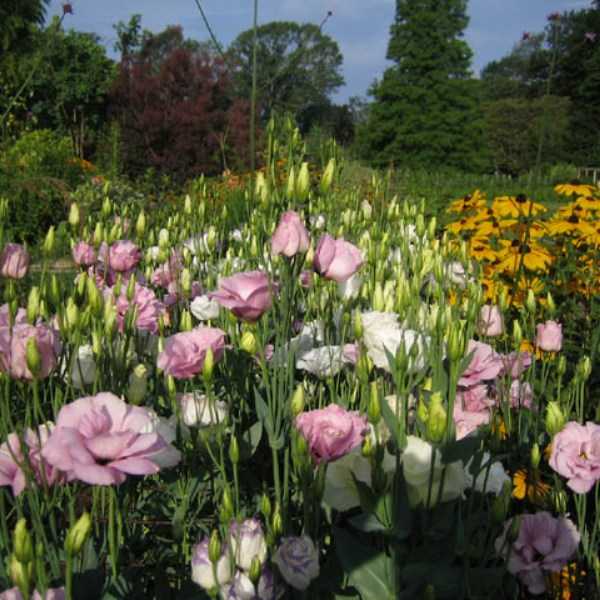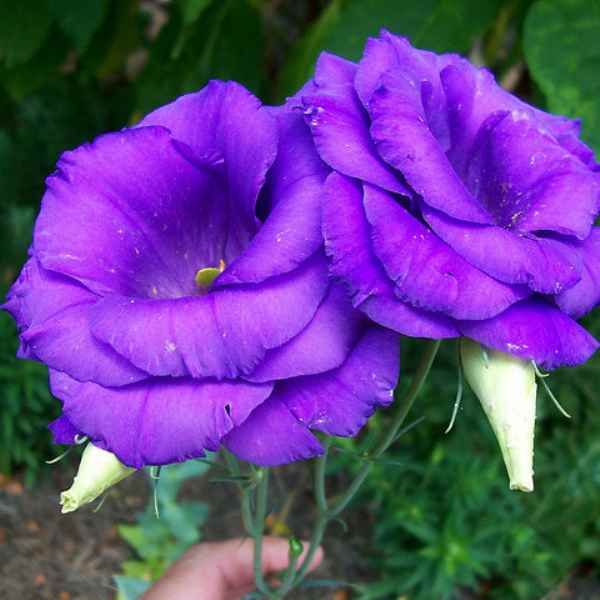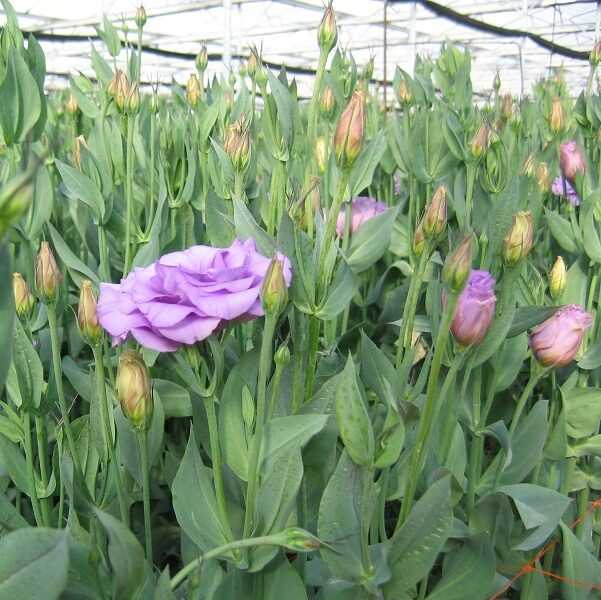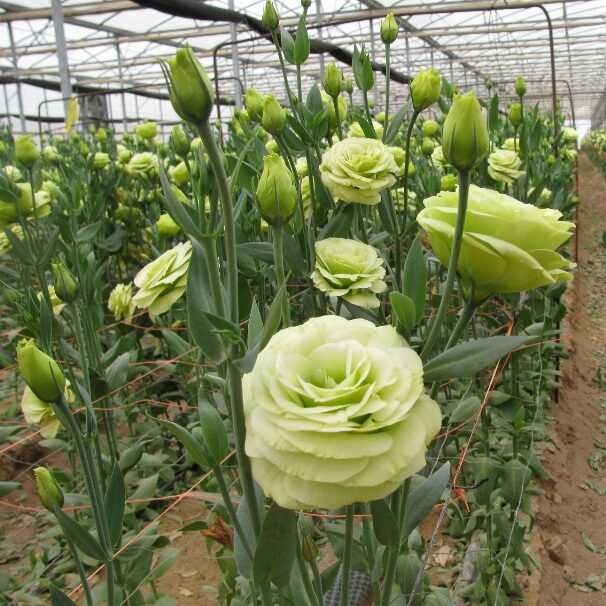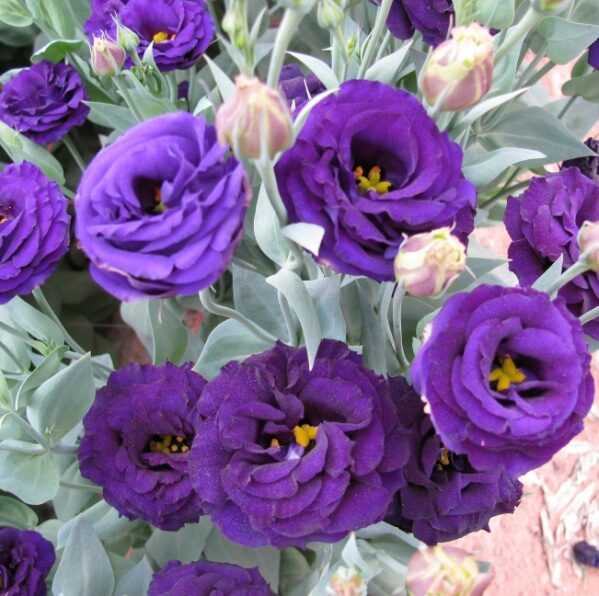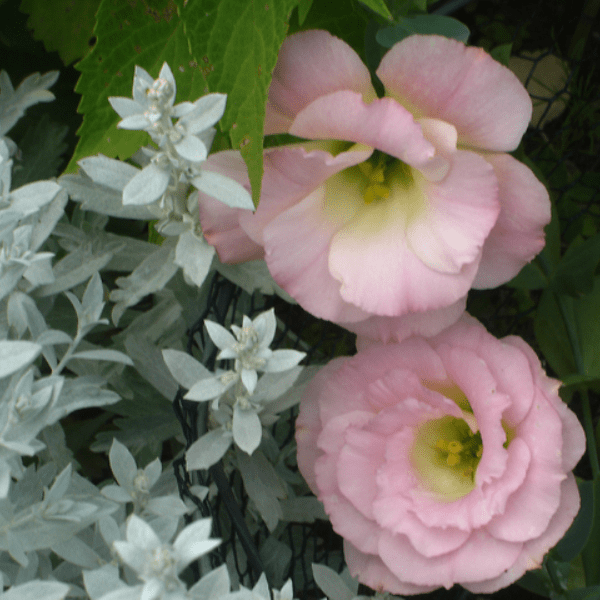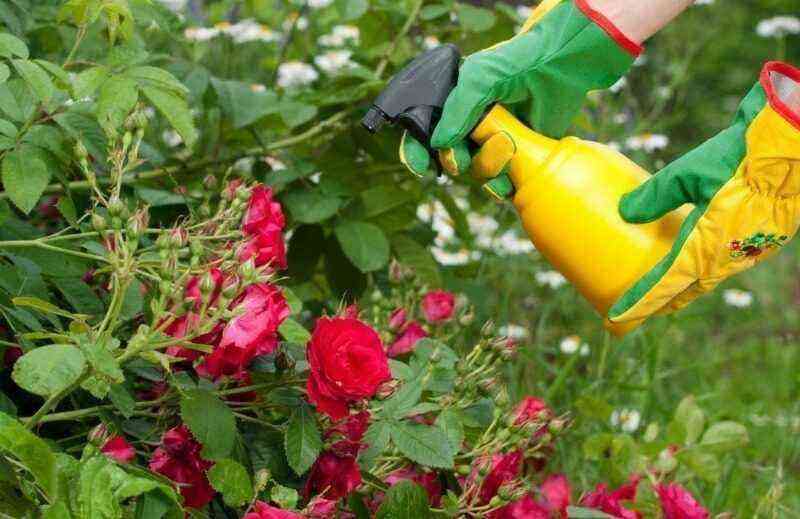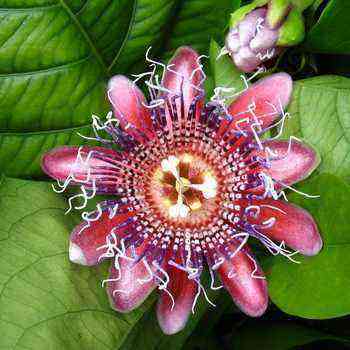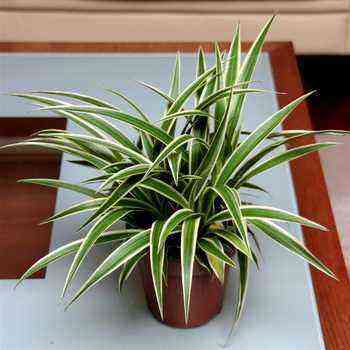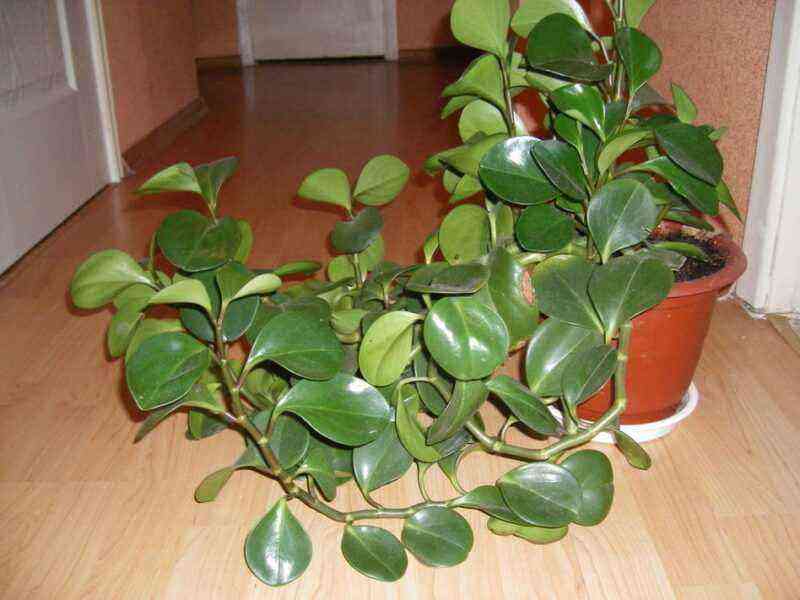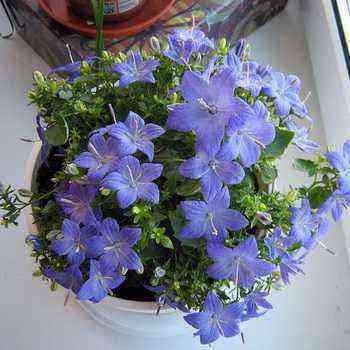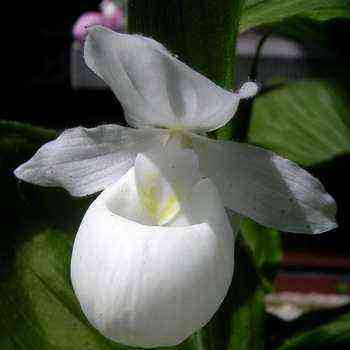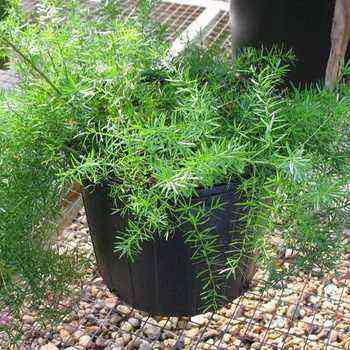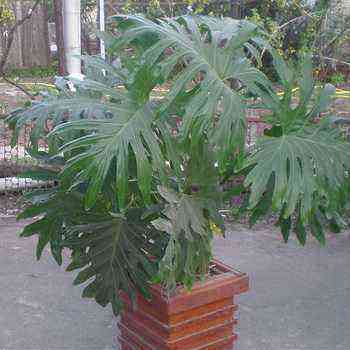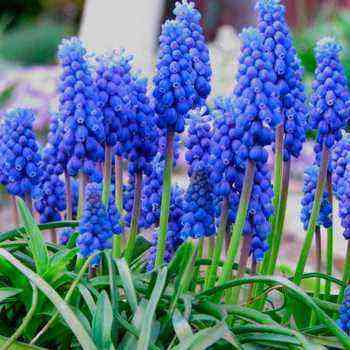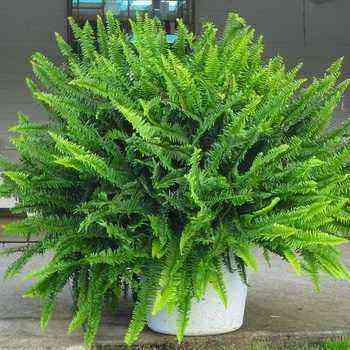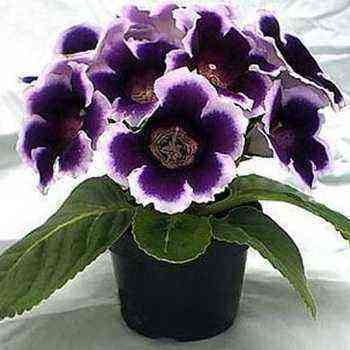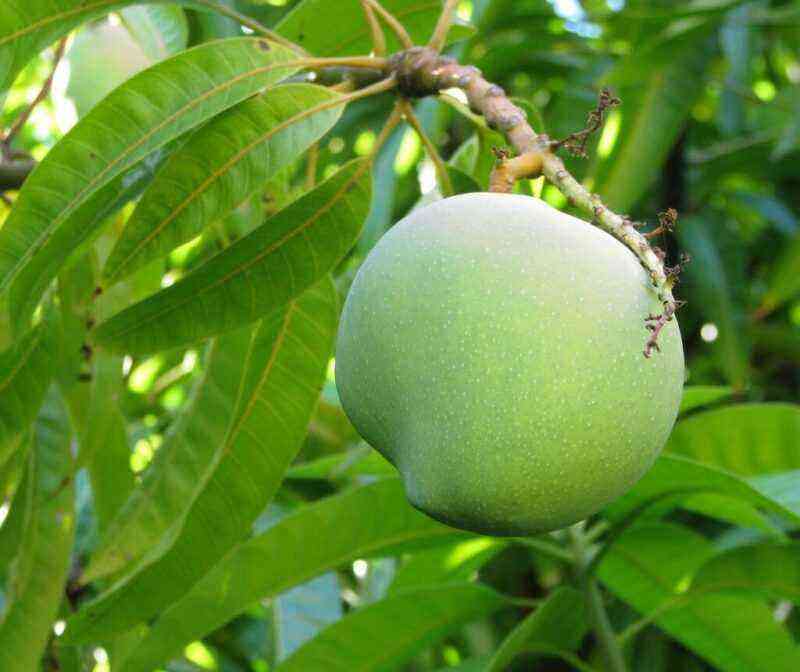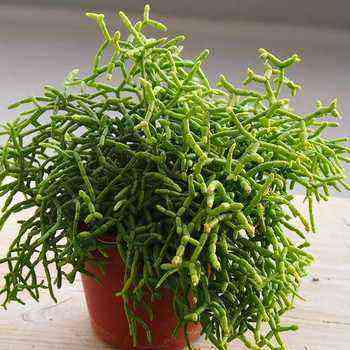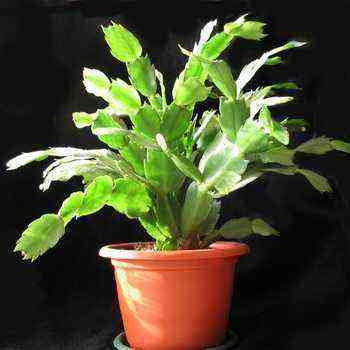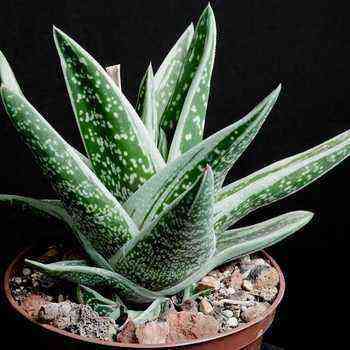Eustoma flowers are a rare guest in our gardens. Slightly more often, this plant is found on window sills. Although underestimated, it is undeserved. Most likely, the trouble is that so far few flower growers know about the true beauty of eustoma or do not dare to grow it at home or in the garden.
There are several alternative names for the flower. The most widespread are “Irish rose” and lisianthus. The word rose is not in vain present in one of the names. In terms of its botanical characteristics and flower structure, the eustoma is very similar to the Rosaceae family.
Although in fact it belongs to the gentian family, a rare and uncommon in our country. And this is not surprising, since such plants are more adapted to tropical climates. Central America is considered their homeland. They are distributed in Australia, Argentina, South America, the coastal zone of Africa. When growing eustoma at home or in the garden, it is very important to maintain appropriate microclimate conditions.
Photo of eustoma and description
Look at the photo of eustoma. as it is easy to see, the external resemblance to a real rose is quite obvious. Especially when you look at the buds and flowers. The plant differs in a wide variety of colors and terry. In the classical description of eustoma, there are at least 30 known and cultivated varieties. These are white, classic tea shades, reds, pinks, purples, blues, blues, oranges and more rare yellow petals. The shape of the leaf is classic in the form of an ellipse with a serrated edge. In adulthood, the leaves are covered with a thin layer of waxy substance and take on a slightly bluish tint.
Depending on the growing conditions, eustoma can reach a stem height of up to 75 cm. Although in a pot culture, a small bush height is most often observed. The optimal length of the stem of the eustoma in a pot is up to 25 cm. To obtain a beautiful bush, lisianthus should be properly cut in order to form a crown and obtain additional cuttings.
In open field conditions, it is advisable to grow an Irish rose for cut and bouquet arrangements. Low-growing forms are also used to decorate the club, rose gardens and flower beds. This plant is an excellent option for landscaping balconies, loggias and terraces.
It perfectly tolerates the climatic conditions of summer in central Russia. For the winter, pots with lisianthus are moved indoors. With proper care, cultivation without transplanting for 3-5 years is possible. But it is advisable to renew the plants as often as possible. This ensures a vigorous and long-lasting flowering.
Eustoma varieties and photos
Most varieties of eustoma reproduce well both by cuttings and seeds. Moreover, eustoma seeds retain all the species characteristics of the variety. The mutation is practically ruled out. You can buy Lisianthus seeds at any specialized flower shop. We offer you an overview in which we will tell you about the main varieties of eustoma, some of them are shown in the photo.
Kyoto F1 series hybrids
The varieties from the “Kyoto” series belong to the hybrid forms of F1. They are distinguished by a variety of colors and shapes of flowers. These are mainly ornamental plants with large buds. The variety “White Kyoto” deserves attention. It is fast growing and early flowering. For seedlings, flowering occurs in mid-July. Large white inflorescences, excellent aroma and suitability for cutting plants.
The closest competitor of the variety is Pikot Blue.
From the same series, it is worth considering the varieties of red eustomas. These are “Picot Pink” and “Wine Red Picot”. The main difference is a high stem and large fragrant balls of inflorescences of a bright, rich red color. All varieties of the series belong to non-double plants.
Other non-double eustoma varieties
You can continue the review of non-double eustoma varieties with the Mermaid series. These are varietal hybrid forms of F1. They differ in the variety of petal colors. The most interesting are lilac, violet, pink shades. If you want to grow a yellow eustoma, then pay attention to the “Twinkie” variety. These are F1 hybrids with excellent decorative properties. There is a yellow variety and an amazingly white lisianthus. there are also plants with deep purple and pink flowers.
Terry varieties of eustoma
Below are the terry varieties of eustoma. For garden and home cultivation, we recommend that you purchase Cinderella seeds. These F1 hybrids in one package represent plant seeds with different color shades. Both dazzling white and rich lilac and violet tones can be present here.
If you prefer one color, then you can see eustoma seeds from the series “Echo”, “Champagne”, “Pink Picoti”. All of them are distinguished by the purity of the color indicated in the annotation, excellent germination and excellent vigorous flowering for a long time.
Growing eustoma from seeds
In our climatic conditions, it is most advisable to grow eustoma from seeds. For this, in most cases, even for protected ground, the seedling method is used. It speeds up the process of flowering and acquiring a presentation of plants.
Eustoma seeds ripen in small bolls, which are formed in the place of the flower garden after the plant has faded. They are very small, but despite this, with correct sowing agrotechnology, they give quick and friendly inputs.
Eustoma is planted in pre-prepared soil with a light and lush structure. No compaction of the topsoil is allowed. Spread the seeds carefully over the entire surface of the soil. Do not cover them with earth in any case. Lightly moisten the top layer with a spray bottle and cover the container with glass or a thick plastic bag. Now 3 factors will be important for the quick appearance of entrances. This is sufficient illumination, timely humidification and appropriate temperature. Entrances appear most quickly when soil temperatures are above 23 degrees Celsius. But don’t overheat the pot. At a temperature of 30 degrees, seed death can occur. On average, the germination period is 14 days. Sometimes it can go up to 21 days or be reduced to 10 days.
After emergence, it is important to gradually harden. After about 5 days, you need to accustom the seedlings to the open air every day. On the first day, the duration of the air bath is 10 minutes. Then we add 10 minutes every day. When this period reaches 3 hours, the plants can already be kept without a film coating.
Another agricultural technique for growing eustoma from seeds is the timely picking of seedlings. This is done at the moment when the seedlings reach a height of 2 – 2,5 cm. For planting in a separate pot, a bunch of 3 or 5 pieces is taken. For the first pick, it is advisable to use peat pots with a diameter of up to 5 cm. After transplanting, for the first 5 days, keep the plants in the shade, water abundantly and protect from direct sunlight.
Transplantation to a permanent place of growth is carried out with the development of a stem of 10 cm. For this, a transshipment technique is used, during which it is very important to preserve the integrity of the earthen and root lump. Eustoma is planted in open ground at a time when the ambient temperature, even at night, is set at around 18 degrees Celsius.
When planting plants for open ground, landscaping a site or decorating a balcony, it is important to correctly calculate the flowering time. As a rule, hybrid varieties of eustoma are relatively early maturing. They bloom 4-5 months after the shoots have appeared. Therefore, to decorate the balcony in June, it is necessary to ensure the planting of eustoma at the end of January. For open ground, plants are sown for seedlings in mid-February. And for growing eustoma at home, you can use any time for sowing seeds.
Growing eustoma at home
Home eustoma is grown as a perennial plant that requires a specific care algorithm throughout the growing season. Only with the right agrotechnical techniques can you achieve a beautiful and long flowering
For growing eustoma at home, a seedling sowing method is used. It is described above. After the first pick, the plants are planted in pots of suitable shape and size. It should be borne in mind that Lisianthus does not have an extensive root system. Therefore, it is important to select shallow, wide containers. When transplanting, try not to injure the roots. At the bottom of the pot, drainage is laid in the form of burnt pebbles, crushed foam or fine gravel, boiled for 30 minutes.
The plant does not grow and die if it is placed on the windowsill directly above the central heating battery. In this case, it is possible to compensate for the lack of air humidity only with the help of constant spraying of the plants. This must be done at least 3 times a day. In this case, drops of water should not fall on the buds and flowering parts. From this they can rot and fall off.
Lisianthus does not tolerate direct sunlight. This plant prefers partial shade and diffused ultraviolet rays. Growing eustoma at home gives excellent results when placing pots on north and west windows.
Fertilizing with mineral fertilizers should be carried out according to a special schedule. During the period of growing green mass, a large amount of organic matter and nitrogen is required. At the time of the beginning of the laying of flower buds, it is important to add as much potassium and phosphorus mineral complexes as possible. In spring and summer, feeding is carried out once a week. In winter and during the rest period – at least 1 time per month.
Timely remove all faded stems and peduncles with a pruner. They interfere with the establishment of other peduncles. For planting and replanting, use a soil designed for violets. This is the optimal structured soil for growing eustoma at home.
Watering should be done very carefully. This plant is quite whimsical to soil moisture. It is important that the ground always remains moist, but not waterlogged. For watering, use only water that has settled during the day. It is possible to add 3 – 5 drops of fresh lemon juice to 1 liter of water. This technique promotes better absorption of nutrients by the root system and prevents the release of salts into the soil structure.


